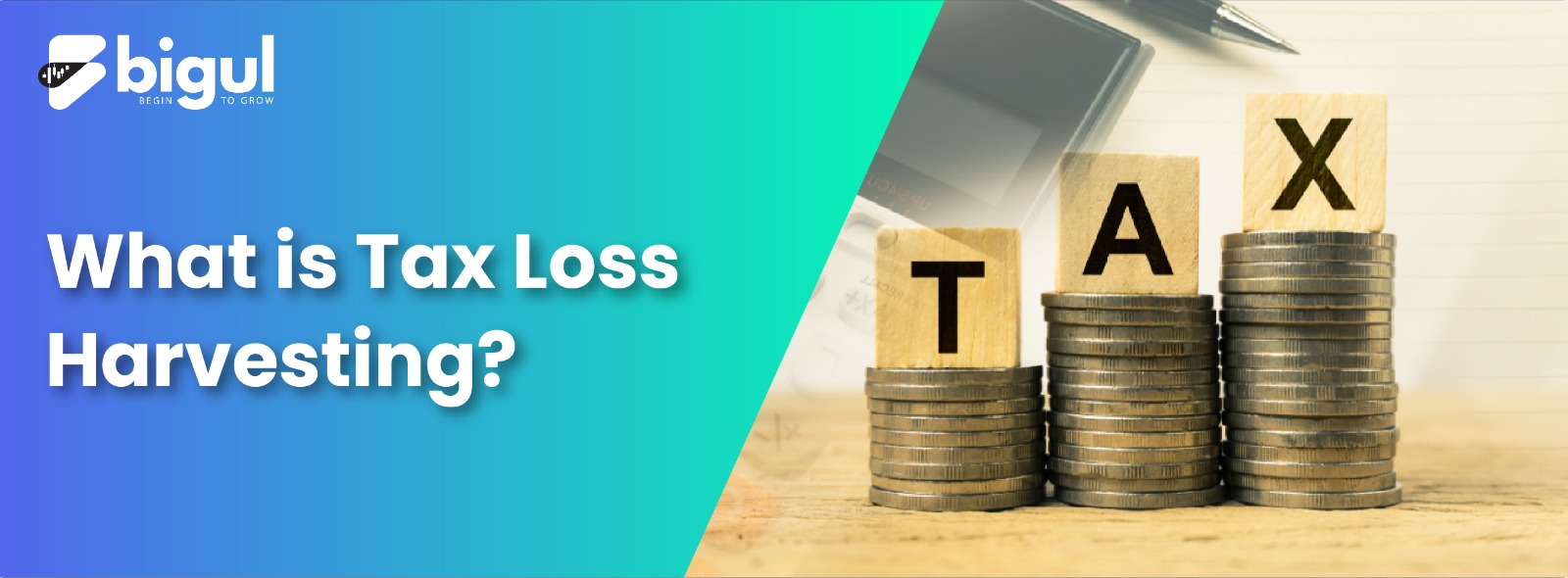Tax loss harvesting is a strategic method employed by investors to mitigate tax liabilities by deliberately selling off underperforming investments at a loss. This approach allows investors to offset capital gains, subsequently lowering their overall taxable income. The Indian Income Tax Department permits the offsetting of capital losses against capital gains, serving as a tax-saving avenue for investors.
How does Tax Loss Harvesting work?
When investing in Equity Shares, or Equity-oriented or Debt Mutual Funds, investors face the prospects of capital gains or losses. These gains or losses are categorised as long-term or short-term based on the duration of holding the fund units.
As per India’s Income Tax Act, investors can offset capital losses against capital gains, subject to specific conditions. For instance, if an individual earns Short Term Capital Gains of Rs 70,000 and faces Short Term Capital Losses worth Rs 20,000, their Taxable Income will be reduced, factoring in only the Net Gain of Rs 50,000 (Rs 70,000 minus Rs 20,000) post the offsetting procedure.
In tax loss harvesting, investors strategically sell off stocks or equity fund units that exhibit minimal chances of recuperating from their current levels. This deliberate action of realising losses aids in reducing the tax liability on capital gains.
For example, consider Amit, who has a diverse investment portfolio of equity shares and equity and debt mutual funds. At the end of the financial year, Amit’s portfolio reflects Short-Term Capital Gains of Rs 65,000 and Long-Term Capital Gains of Rs 120,000, generating a total tax liability.
How do investors use it to reduce their tax liabilities?
- Utilising Tax Loss Harvesting: Observing certain stocks in his portfolio reaching low levels with limited prospects for recovery, Amit seeks advice and proceeds with tax loss harvesting. By selling these stocks and incurring a short-term capital loss of Rs 40,000, he strategically reduces his overall tax liability.
- Market Volatility and Tax Loss Harvesting: The volatility witnessed in markets during certain periods, such as the Covid-induced market crash in March 2020, presents an opportunity for investors to leverage tax loss harvesting to offset capital gains and reduce tax obligations.
- Business Expenses Deduction: Tax rules allow for the deduction of various expenses associated with trading activities when declaring business income. These expenses include brokerage charges, internet costs for online trading, phone bills related to trading activities, equipment depreciation, rent, professional fees, advisory costs, and educational subscriptions.
- Clarification on Trading Transactions: Understanding the speculative and non-speculative nature of trading transactions is crucial. While intraday trades are speculative due to the absence of share delivery, Buy Today Sell Tomorrow (BTST) and Sell Today Buy Tomorrow (STBT) trades are often considered non-speculative despite involving short-term delivery risks.
- Advance Tax Obligations: Income tax laws mandate the payment of Advance Tax for business income by specific deadlines throughout the financial year. Estimating profits and paying taxes accordingly is necessary, although forecasting earnings in the case of intraday trading can pose challenges.
- Choosing the Right ITR Form: Selecting the appropriate Income Tax Return (ITR) form is vital for accurate tax filing. Different forms cater to various taxpayer profiles, ranging from individuals with income from salary, rent, and interest to those involved in capital gains and business income through trading and investments.
Things to keep in mind while Tax Loss Harvesting
- Tax loss harvesting should be executed prudently, considering the potential consequences on investment portfolios.
- Long-term Capital losses can be set off against long-term capital gains, whereas short-term capital losses can offset both long-term and short-term capital gains.
- Calculating tax liability accurately before initiating tax loss harvesting is crucial.
- Prudent reinvestment of the proceeds from loss-making trades should align with the portfolio’s risk-return profile.
- Tax loss harvesting should primarily serve as a tax-saving mechanism rather than an investment strategy.
Conclusion
Tax loss harvesting serves as a valuable tool for investors to manage tax obligations by strategically realising losses to offset gains. The market’s volatility, combined with this strategy, can provide opportunities to optimise tax liabilities. However, prudent execution and alignment with overall investment goals are essential for its effective implementation.
